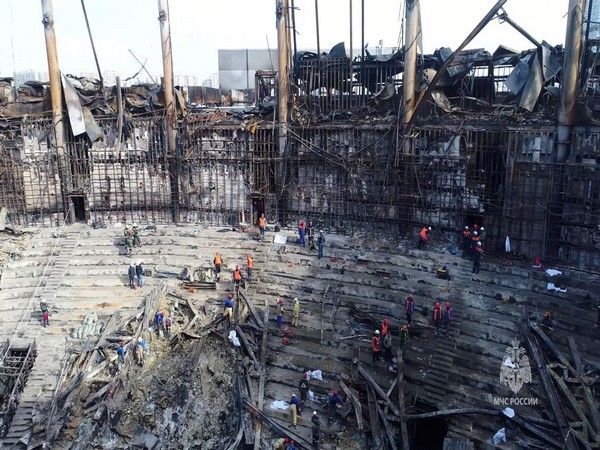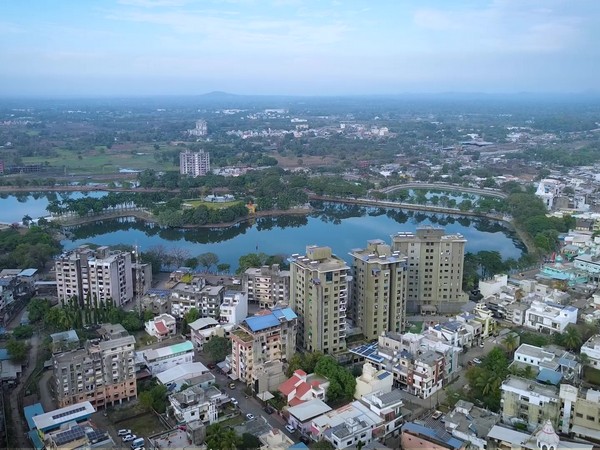Earthquake of magnitude 4.6 strikes Tajikistan
Jul 21, 2025

Dushanbe [Tajikistan], July 21 : An earthquake of magnitude 4.6 struck Tajikistan on Monday, a statement by the National Center for Seismology (NCS) said.
As per the statement, the earthquake struck at a shallow depth of 23km, making it susceptible to aftershocks.
In a post on X, the NCS said, "EQ of M: 4.6, On: 21/07/2025 04:43:29 IST, Lat: 37.39 N, Long: 72.58 E, Depth: 23 Km, Location: Tajikistan."
https://x.com/NCS_Earthquake/status/1947076990877544857
Shallow earthquakes are generally more dangerous than deep earthquakes. This is because the seismic waves from shallow earthquakes have a shorter distance to travel to the surface, resulting in stronger ground shaking and potentially more damage to structures and greater casualties.
Earlier, an earthquake of magnitude 4.0 jolted Tajikistan on Sunday, a statement by the National Center for Seismology (NCS) said.
As per the statement, the earthquake occurred at 160km.
In a post on X, the NCS said, "EQ of M: 4.0, On: 20/07/2025 01:01:55 IST, Lat: 36.87 N, Long: 72.10 E, Depth: 160 Km, Location: Tajikistan."
https://x.com/NCS_Earthquake/status/1946656827598651619
Earlier on July 18, an earthquake of magnitude 3.8 occurred at a shallow depth of 10km, making it susceptible to aftershocks.
Sharing the details on X, NCS said, "EQ of M: 3.8, On: 18/07/2025 03:15:53 IST, Lat: 38.26 N, Long: 74.09 E, Depth: 10 Km, Location: Tajikistan."
https://x.com/NCS_Earthquake/status/1945965847018967314
On July 12, two earthquakes jolted the region.
In a post on X, the NCS said, "EQ of M: 4.8, On: 12/07/2025 20:46:58 IST, Lat: 38.86 N, Long: 70.60 E, Depth: 60 Km, Location: Tajikistan."
https://x.com/NCS_Earthquake/status/1944058726589006056
"EQ of M: 4.2, On: 12/07/2025 18:57:26 IST, Lat: 38.18 N, Long: 74.30 E, Depth: 107 Km, Location: Tajikistan."
https://x.com/NCS_Earthquake/status/1944029739817345468
Tajikistan is a mountainous country with diverse topography and is especially vulnerable to climate hazards. It is prone to earthquakes, floods, drought, avalanches, landslides and mudslides. The most vulnerable areas are the glacier-dependent river basins supplying hydropower and water resources for irrigation, fragile mountain ecosystems and isolated forests with mountainous and riverine terrain, which makes it prone to landslides and land degradation.




















